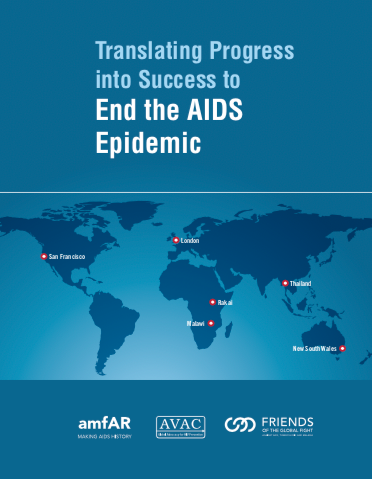London
The HIV epidemic in London reached its inflection point in 2015, when new HIV diagnoses began to fall, particularly among gay and bisexual men. New diagnoses in 2017 were 37% below 2015 levels; among gay and bisexual men, they had fallen by almost half. Progress is due to multiple factors, centered around interventions focusing on gay and bisexual men in particular.
These include: increased HIV and STI testing, especially for those at high risk; scale-up of PrEP; and rapid initiation of HIV and STI treatment at or as close to diagnosis as possible. These interventions were delivered primarily by sexual health clinics in London that offered comprehensive services and support. They occurred against a backdrop of a supportive policy environment, including universal health coverage which provides free care, including HIV prevention and treatment.
Click to enlarge.
Citations
PHE Centre and London Sector HIV data tables. No. 1.1:2018, September 2018. https://www.gov.uk/government/statistics/hiv-annual-data-tables. Accessed July 8, 2019.
Brown AE, Mohammed H, Ogaz D, Kirwan PD, Yung M, Nash SG, Furegato M, Hughes G, Connor N, Delpech VC, Gill ON. Fall in new HIV diagnoses among men who have sex with men (MSM) at selected London sexual health clinics since early 2015: testing or treatment or pre-exposure prophylaxis (PrEP)? Euro Surveill. 2017;22(25).
Nash S, Desai S, Croxford S, Guerra L, Lowndes C, Connor N, Gill ON. Progress towards ending the HIV epidemic in the United Kingdom: 2018 report. London: Public Health England; 2018.
Girometti N, McCormack S, Devitt E, Gedela K, Nwokolo N, Patel S, Suchak T, McOwan A, Whitlock G. Evolution of a pre-exposure prophylaxis (PrEP) service in a community-located sexual health clinic: concise report of the PrEPxpress. Sexual Health. 2018;15:598-600.
Nwokolo N, Whitlock G, Mcowan A. Not just PrEP: other reasons for London’s HIV decline. The Lancet HIV. 2017;4(4):e153.


